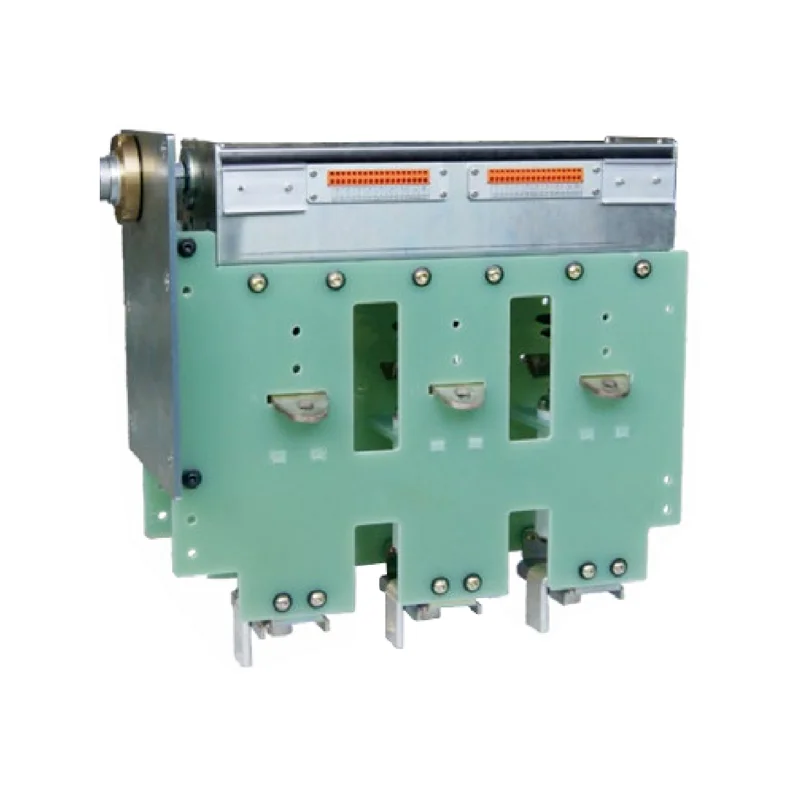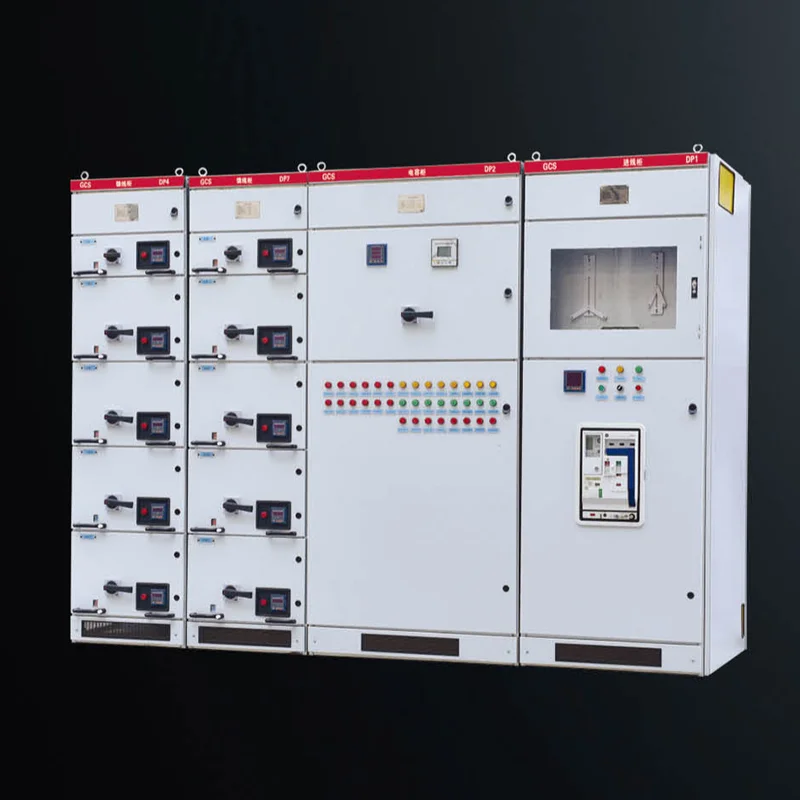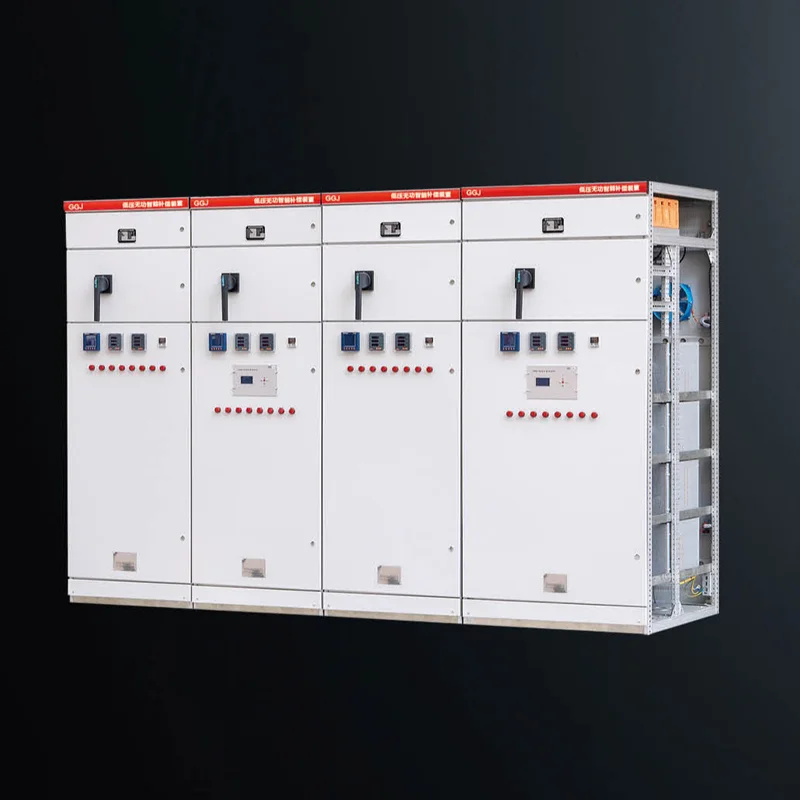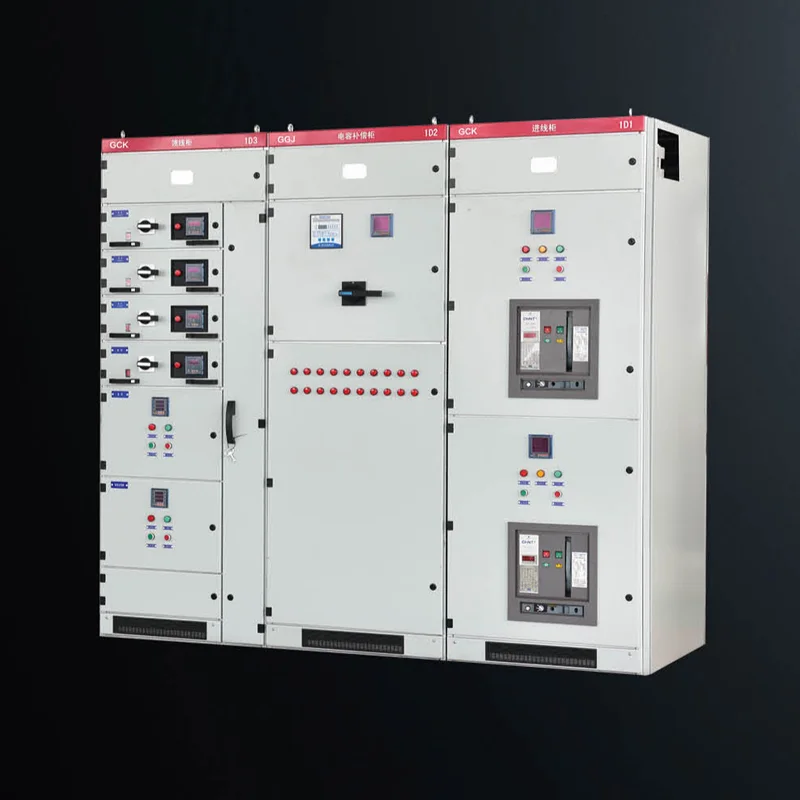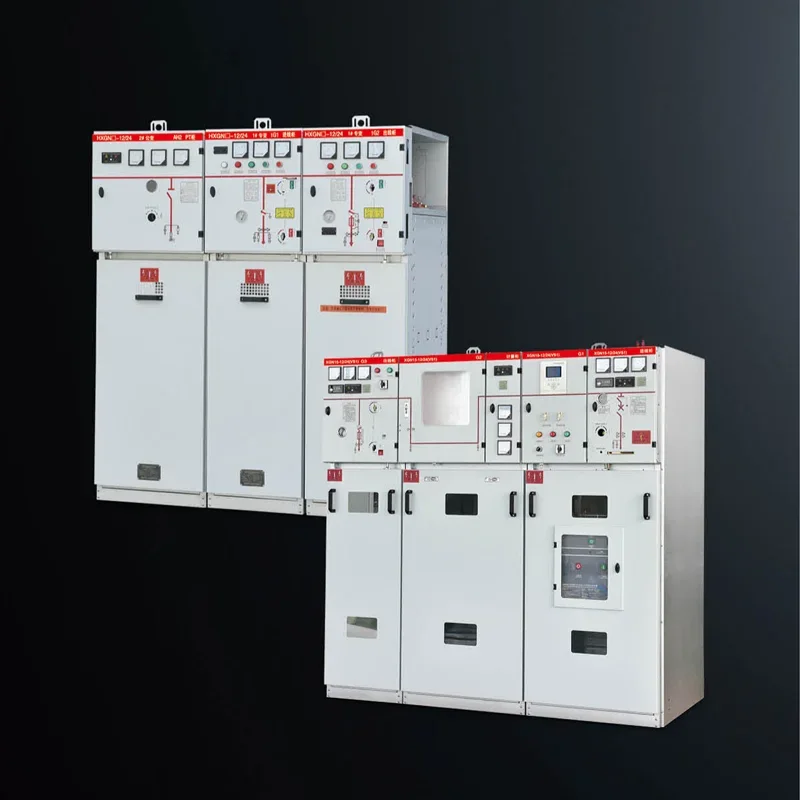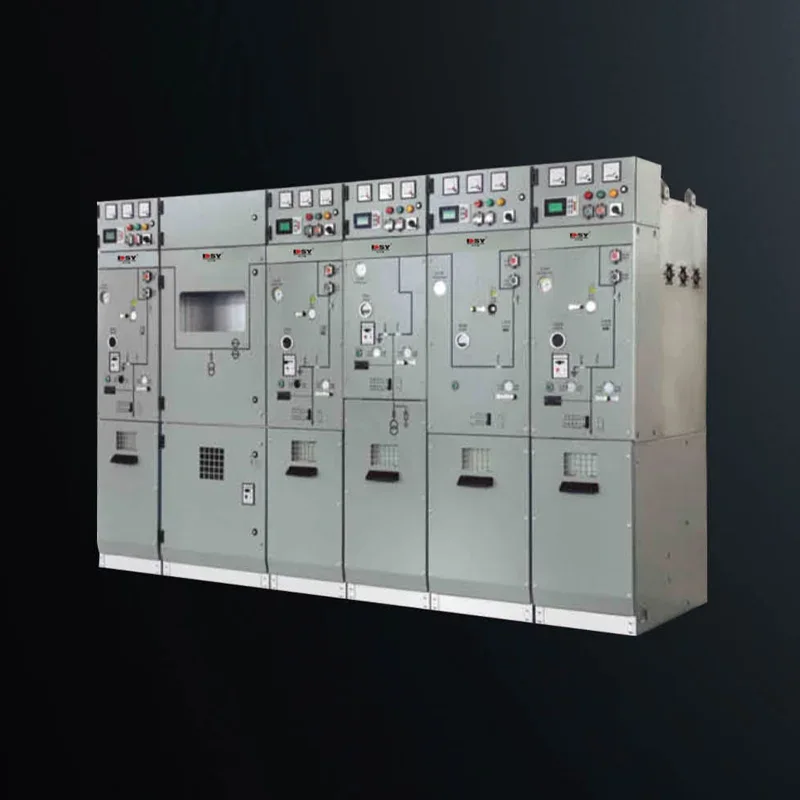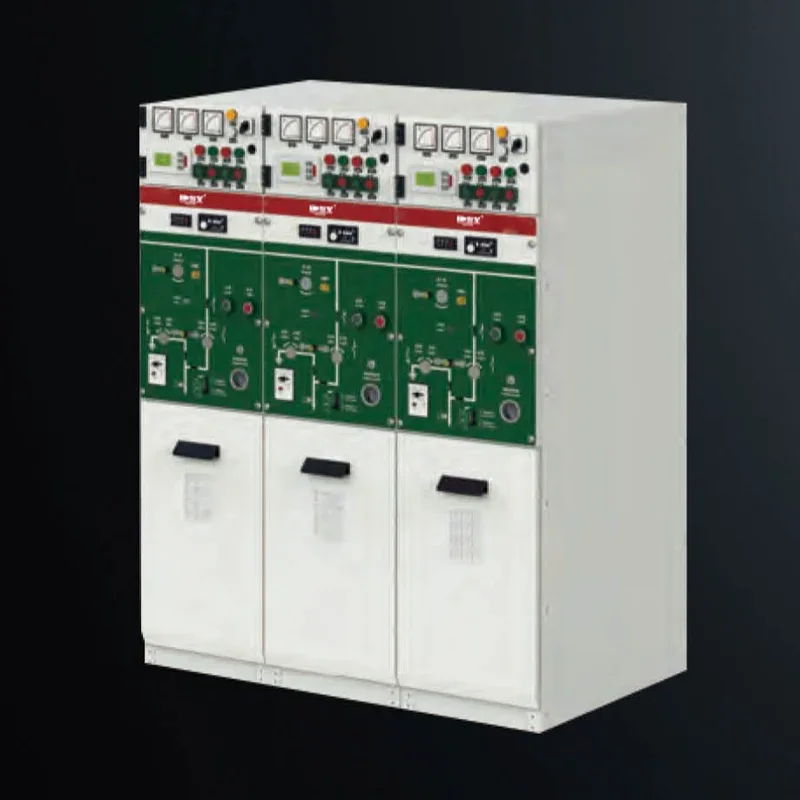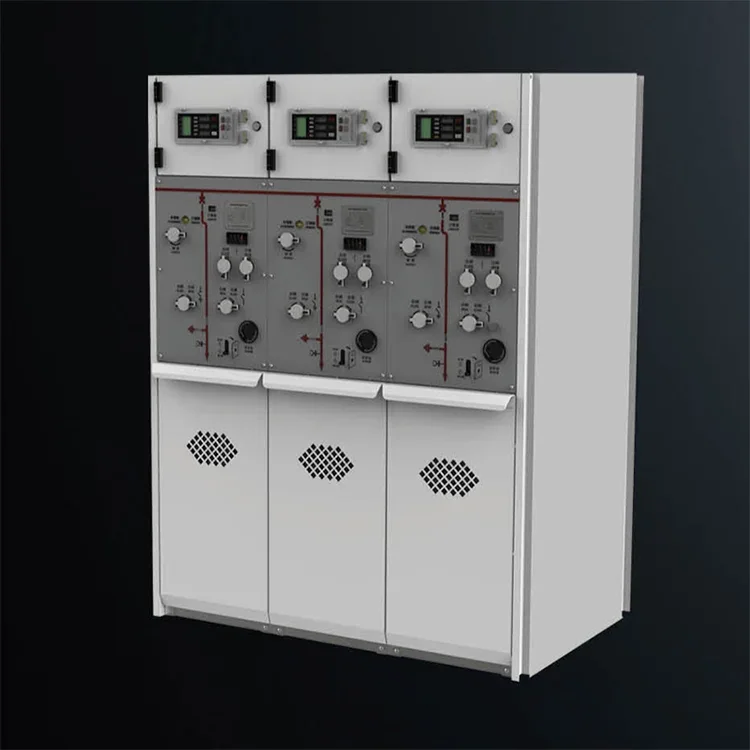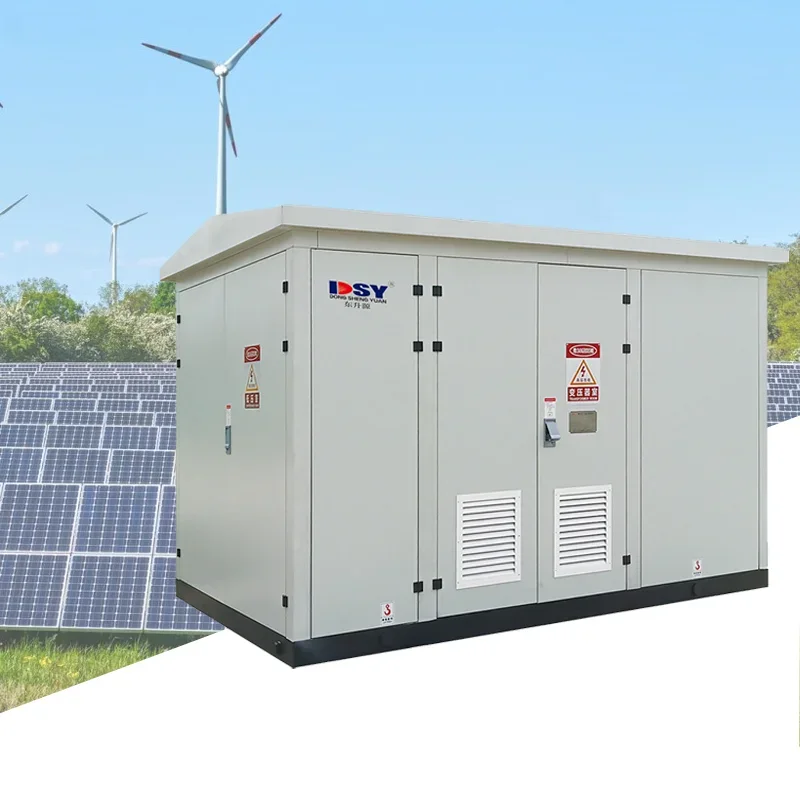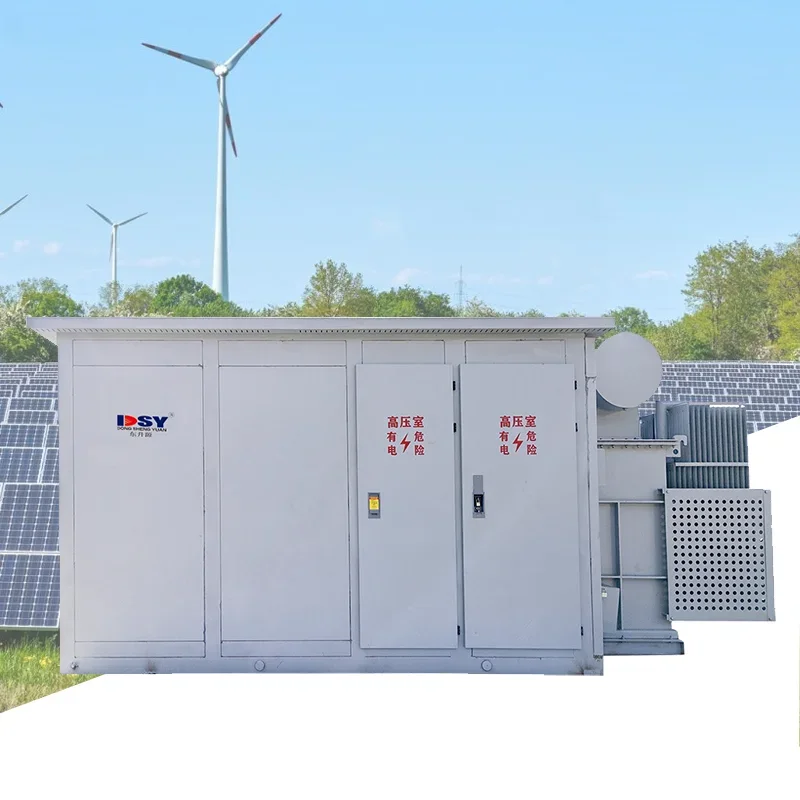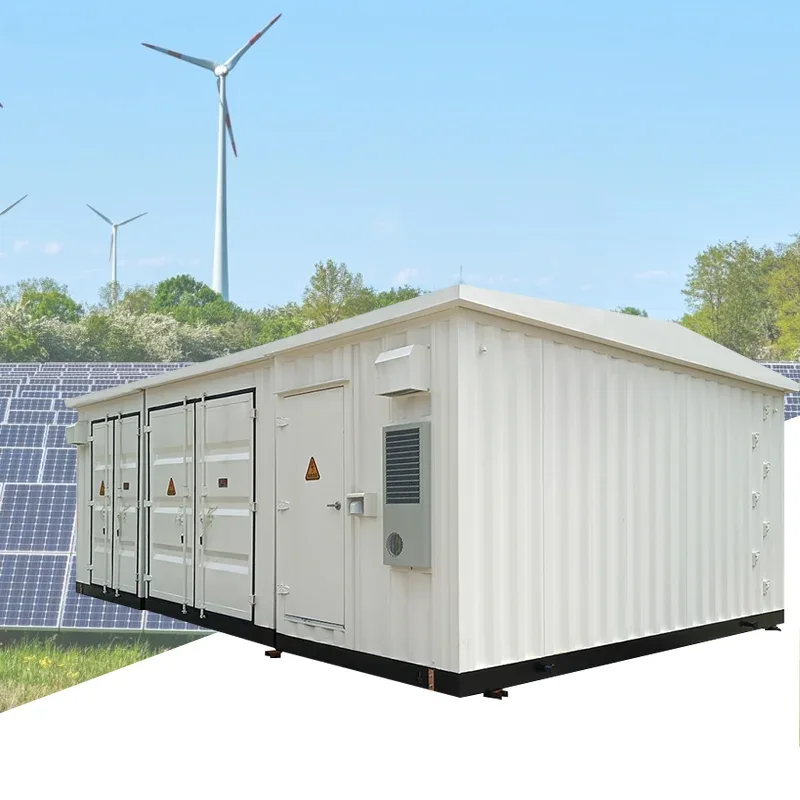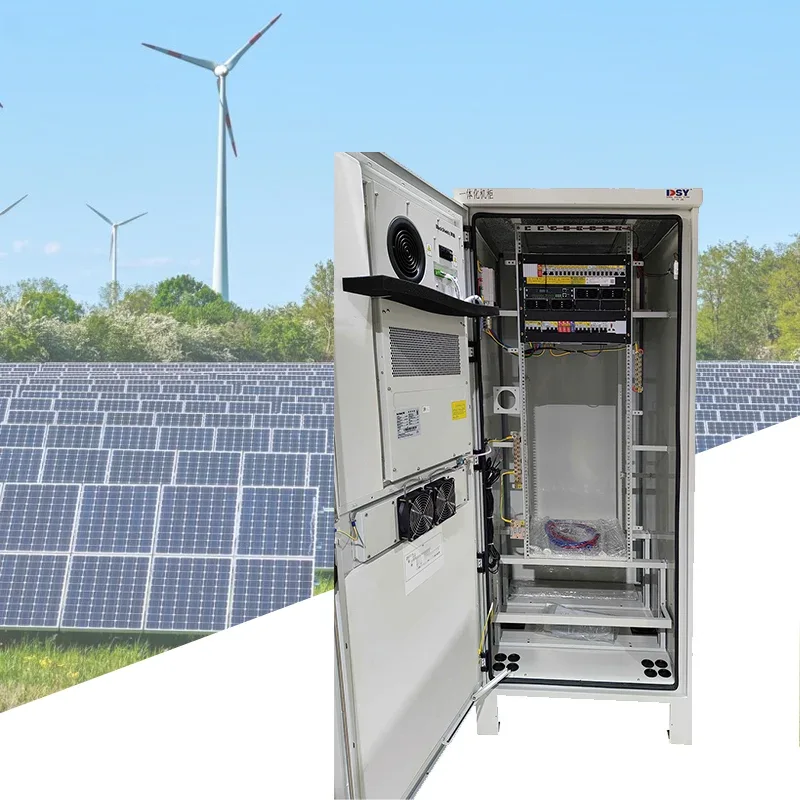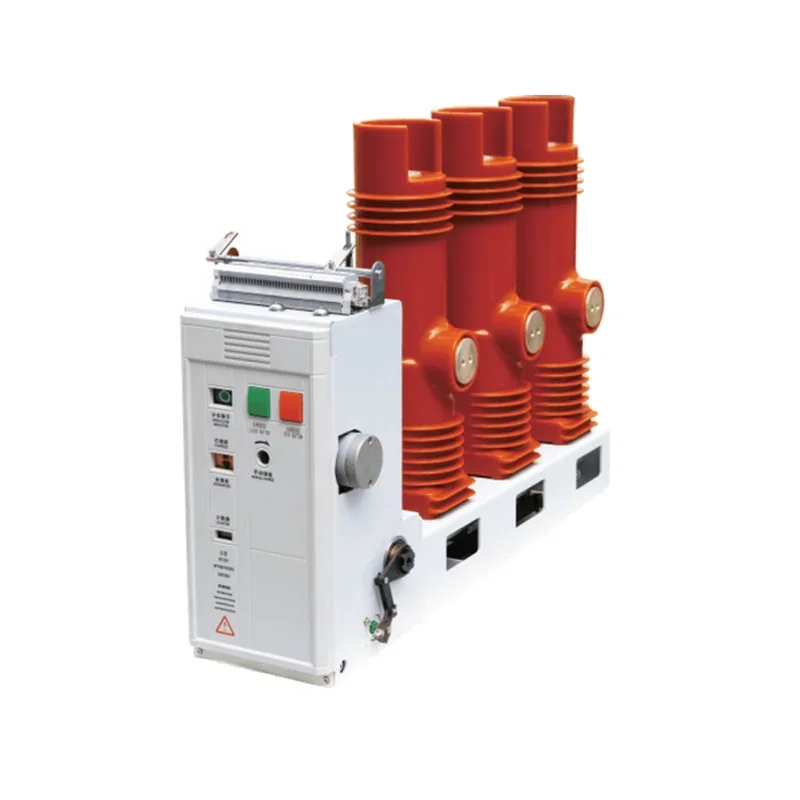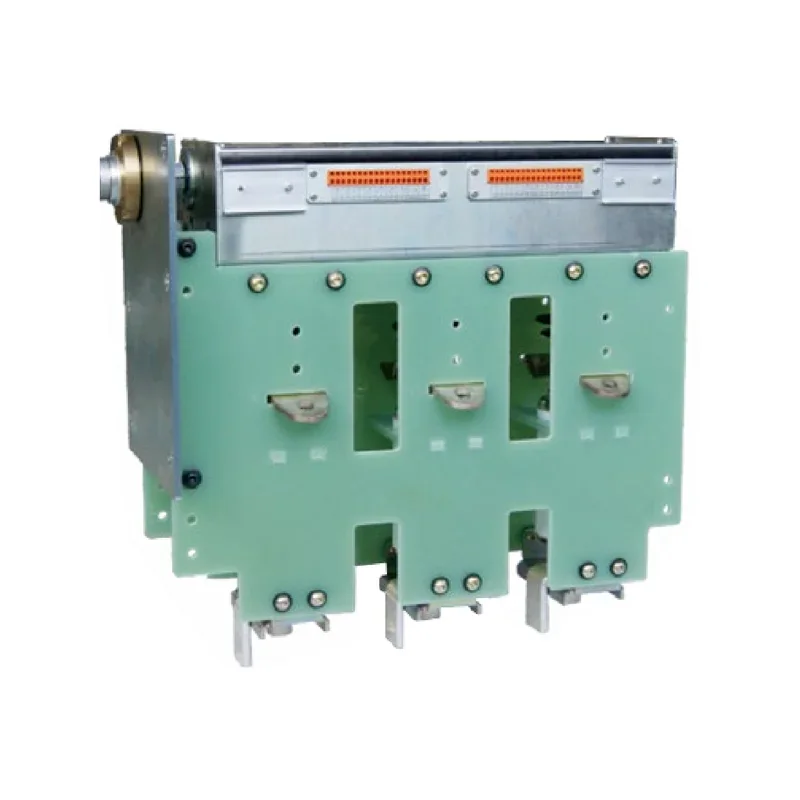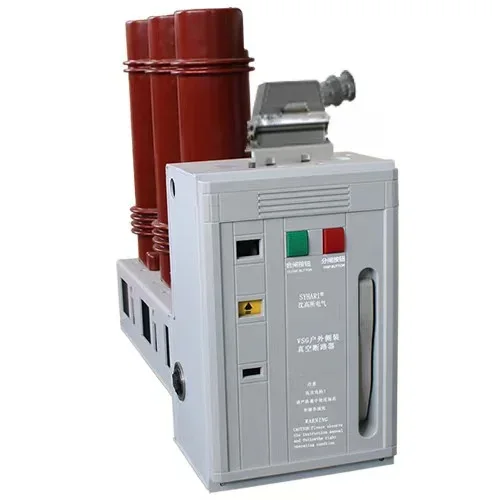Understanding the Advantages of SF6 Switchgear in Modern Electrical Grids
Understanding the Advantages of SF6 Switchgear in Modern Electrical Grids Table of Contents What is SF6 Switchgear? The Significance of SF6 Switchgear in Electrical Grids Key Benefits of SF6 Switchgear High Insulating Properties Compact Design and Space Efficiency Reduced Environmental Impact Enhanced Safety and Reliability Low Maintenance Requirements
Apr 25,2025
Understanding the Advantages of SF6 Switchgear in Modern Electrical Grids
Table of Contents
- What is SF6 Switchgear?
- The Significance of SF6 Switchgear in Electrical Grids
- Key Benefits of SF6 Switchgear
- High Insulating Properties
- Compact Design and Space Efficiency
- Reduced Environmental Impact
- Enhanced Safety and Reliability
- Low Maintenance Requirements
- Applications of SF6 Switchgear
- The Future of SF6 Switchgear in Electrical Grids
- Challenges and Considerations
- Frequently Asked Questions about SF6 Switchgear
- Conclusion
What is SF6 Switchgear?
SF6 switchgear, or sulfur hexafluoride switchgear, is an advanced technology utilized in electrical power systems for controlling, protecting, and isolating electrical equipment. This insulating medium, SF6, is recognized for its exceptional electronegative properties, making it highly effective for insulating and interrupting purposes in high-voltage applications. Unlike traditional air-insulated switchgear, SF6 switchgear operates at significantly lower voltages and requires a more compact design, which is crucial for modern energy demands.
The Significance of SF6 Switchgear in Electrical Grids
As global energy demands increase, the need for reliable and efficient electrical distribution systems becomes paramount. SF6 switchgear plays a pivotal role in modern electrical grids, allowing utilities to upgrade and maintain their infrastructure while ensuring minimal disruptions to service. Its integration is not merely a trend; it represents a significant advancement in electrical engineering, aimed at meeting contemporary energy challenges.
Key Benefits of SF6 Switchgear
High Insulating Properties
One of the standout features of SF6 switchgear is its remarkable insulating capability. SF6 has a high dielectric strength – almost three times greater than air. This property allows SF6 switchgear to operate at much higher voltages while occupying less space, making it ideal for urban environments where space is a premium. The high insulation ensures that equipment can function efficiently, reducing the risk of electrical failures.
Compact Design and Space Efficiency
Modern electrical infrastructures often face space constraints, particularly in urban settings. SF6 switchgear’s compact design addresses this challenge effectively. Its smaller footprint allows utilities to install equipment in tighter locations without sacrificing performance. This efficiency not only saves valuable real estate but also reduces installation and construction costs, making it an economically viable choice for utility companies.
Reduced Environmental Impact
While sulfur hexafluoride is a greenhouse gas, the overall environmental impact of SF6 switchgear can be mitigated. SF6 gas is handled within a closed system, which minimizes the risk of leakage. Furthermore, advances in technology have led to improved methods for monitoring and managing SF6 levels, ensuring compliance with environmental regulations. The operational lifespan of SF6 switchgear also contributes to sustainability, as it reduces the frequency of replacements and the need for new materials.
Enhanced Safety and Reliability
Safety is a paramount concern in electrical systems. SF6 switchgear provides enhanced safety features, minimizing the risk of accidents. The gas’s non-toxic and non-flammable properties make it a safe choice for various applications. Additionally, SF6 switchgear is designed for reliability, with a robust construction that withstands extreme conditions. This reliability translates into fewer outages, which is critical in maintaining the integrity of modern power grids.
Low Maintenance Requirements
Maintenance is often a significant concern for electrical utilities. SF6 switchgear requires considerably less upkeep compared to traditional switchgear systems. The sealed design and absence of moving parts reduce the frequency of maintenance checks and interventions. This lower maintenance requirement not only cuts down operational costs but also ensures that the systems remain online and functional for longer periods, enhancing overall grid reliability.
Applications of SF6 Switchgear
SF6 switchgear finds its applications across a myriad of sectors, including:
- High-voltage substations
- Renewable energy integration
- Industrial plants
- Urban electrical systems
- Smart grid technologies
In each of these applications, the benefits of SF6 switchgear significantly enhance operational efficiency and reliability, supporting the transition towards more sustainable and resilient energy systems.
The Future of SF6 Switchgear in Electrical Grids
The future of SF6 switchgear is closely tied to ongoing advancements in technology and environmental considerations. Researchers and engineers are actively exploring alternative insulating mediums that can further reduce environmental impacts while maintaining the performance benefits of SF6. Innovations in monitoring technologies and gas management are also likely to play crucial roles in the evolution of SF6 switchgear, making it an even more viable option for future electrical grids.
Challenges and Considerations
Despite its numerous advantages, SF6 switchgear is not without challenges. The high global warming potential of SF6 gas raises environmental concerns, necessitating stringent management practices. Additionally, the initial costs of installation can be higher than traditional switchgear, which may deter some utilities. However, the long-term savings and benefits often outweigh these initial investments.
Frequently Asked Questions about SF6 Switchgear
1. What is SF6 gas?
Sulfur hexafluoride (SF6) is a colorless, odorless, non-toxic gas with excellent insulating properties, widely used in electrical power systems.
2. How does SF6 switchgear compare to traditional air-insulated switchgear?
SF6 switchgear is more compact and efficient, operating at higher voltages with better insulation properties compared to traditional air-insulated switchgear.
3. What are the environmental implications of using SF6 switchgear?
While SF6 is a potent greenhouse gas, advancements in management and monitoring have significantly reduced risks associated with its usage.
4. What industries benefit most from SF6 switchgear?
Industries such as energy production, manufacturing, and urban infrastructure benefit significantly from the use of SF6 switchgear due to its reliability and efficiency.
5. Is SF6 switchgear safe to use?
Yes, SF6 switchgear is designed to be safe, with non-toxic and non-flammable properties that minimize risks associated with electrical systems.
Conclusion
In conclusion, SF6 switchgear represents a significant leap forward in electrical grid technology. With its unparalleled insulating properties, compact design, and reduced environmental impact, it is poised to become the cornerstone of modern power systems. As utilities continue to adapt to the demands of a growing energy landscape, embracing SF6 switchgear will undoubtedly lead to safer, more efficient, and sustainable electrical grids. The future beckons a continued exploration of innovative solutions, ensuring that the benefits of SF6 technology are maximized while addressing environmental concerns.
Related News
The difference between circuit breakers and vacuum circuit breakers
Circuit breaker is an abbreviation for pole type circuit breaker. Circuit breakers are also vacuum circuit breakers
Voltage regulators are required for various places that require voltage control, such as controlling lighting

